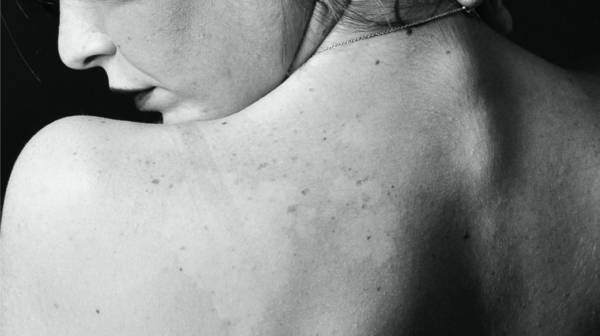
What is the Dry Skin Index (DSI)?
The Dry Skin Index (or DSI for short) shows the magnitude of the drying stresses on skin caused by changes in indoor relative humidity and temperature.
Until the DSI was developed, there was no way to easily monitor or gauge the magnitude of these indoor drying stressors. This situation made it difficult to prevent or manage dry skin in a proactive way. Ideally, the Dry Skin Index can be used along with the UV Index, which represents the amount of ultraviolet radiation exposure from the sun, to guide year-round skin care.
Use Dermidia Select to see how the Dry Skin Index can be used to select a moisturizing lotion!
Background
An index involving dry skin has to be based on both humidity and temperature since both of these parameters are positively correlated with skin hydration (Cravello and Ferri, 2008). Moreover, Levi et al. (2010) showed that the mechanical drying stress on the external layer of skin (i.e., stratum corneum) is directly related to the chemical potential of water in air, which is a measure of the potential of water molecules to react or move (represented in kilojoules per mole), and is calculated from ambient temperature and relative humidity.
The difference between the chemical water potential in the interior of skin and at its outer boundary represents the key driver in the transport of water across the stratum corneum, also referred to as transepidermal water loss (Sparr et al., 2013). The Dry Skin Index is basically a measure of this difference in potential, but expressed on a scale of 0 to 10, where 0 constitutes very low stresses due to high humidity and temperature, and 10 defines an upper bound of stress due to low temperature and indoor humidity at the skin’s surface.
This index or scale essentially covers the range of drying stresses produced by the temperature and relative humidity levels typically encountered in the indoor environment. The resulting Dry Skin Index is therefore based on a thermodynamic property of water that influences skin hydration as well as its related biochemical and biomechanical properties.
Similar to the UV Index, the Dry Skin Index is broken down into five categories for convenience in interpreting the magnitude of humidity and temperature skin stressors:

The Dry Skin Index increases as indoor air becomes dryer and cooler.
The adjacent graph shows how the Dry Skin Index changes with indoor relative humidity and two target temperatures.

It is important to note that the DSI is a measure of the external drying stresses on untreated skin (i.e., stratum corneum), and does not necessarily predict the actual response of skin to such stresses due to inter-individual differences in skin properties. The same is true for the UV sunlight Index, that is, for a given or fixed UV exposure level, the potential for skin damage will vary with the pigmentation of people’s skin.
Summary
The Dry Skin Index provides an easy-to-use metric for evaluating the magnitude of drying stresses on untreated skin as a function of indoor relative humidity and temperature.
If you would like to see how the levels of the Dry Skin Index change at a “reference” house where you live, download the free Skin Sim app!
References
Cravello, Barbara, and Ada Ferri. 2008. “Relationships between Skin Properties and Environmental Parameters.” Skin Research and Technology 14: 180–86.
Levi, K., R. J. Weber, J. Q. Do, and R. H. Dauskardt. 2010. “Drying Stress and Damage Processes in Human Stratum Corneum.” International Journal of Cosmetic Science 32: 276–93.
Sparr, E., Millecamps, D., Isoir, M., Burnier, V., Larsson, Å. and Cabane, B., 2013. Controlling the hydration of the skin though the application of occluding barrier creams. Journal of The Royal Society Interface, 10(80), p.20120788.
